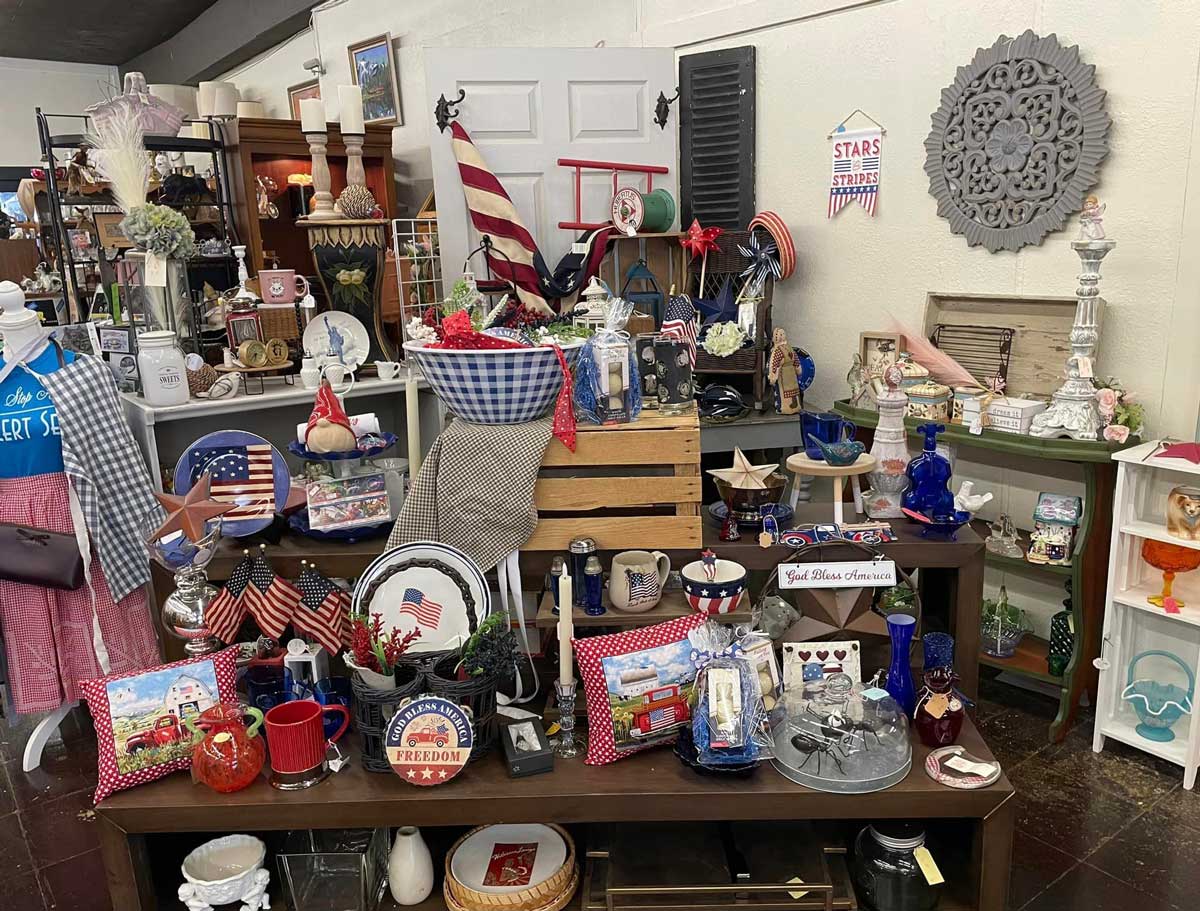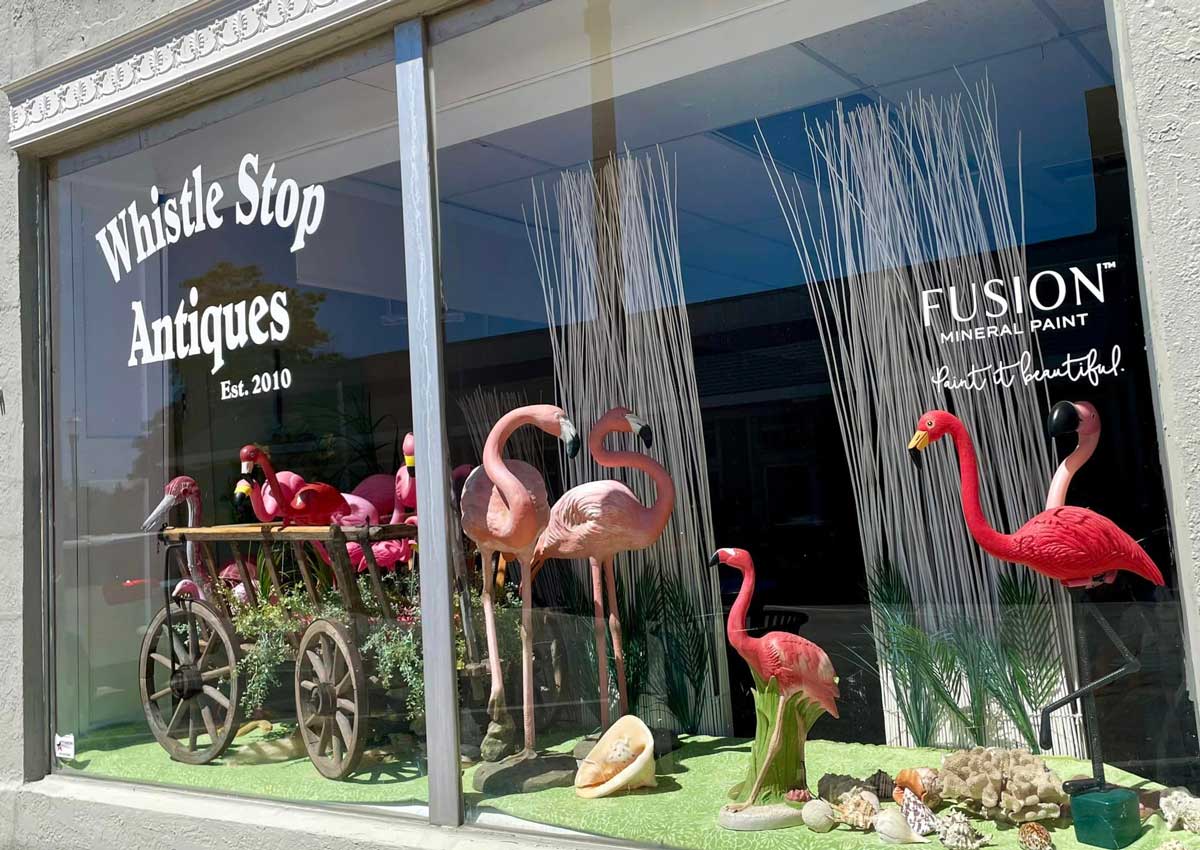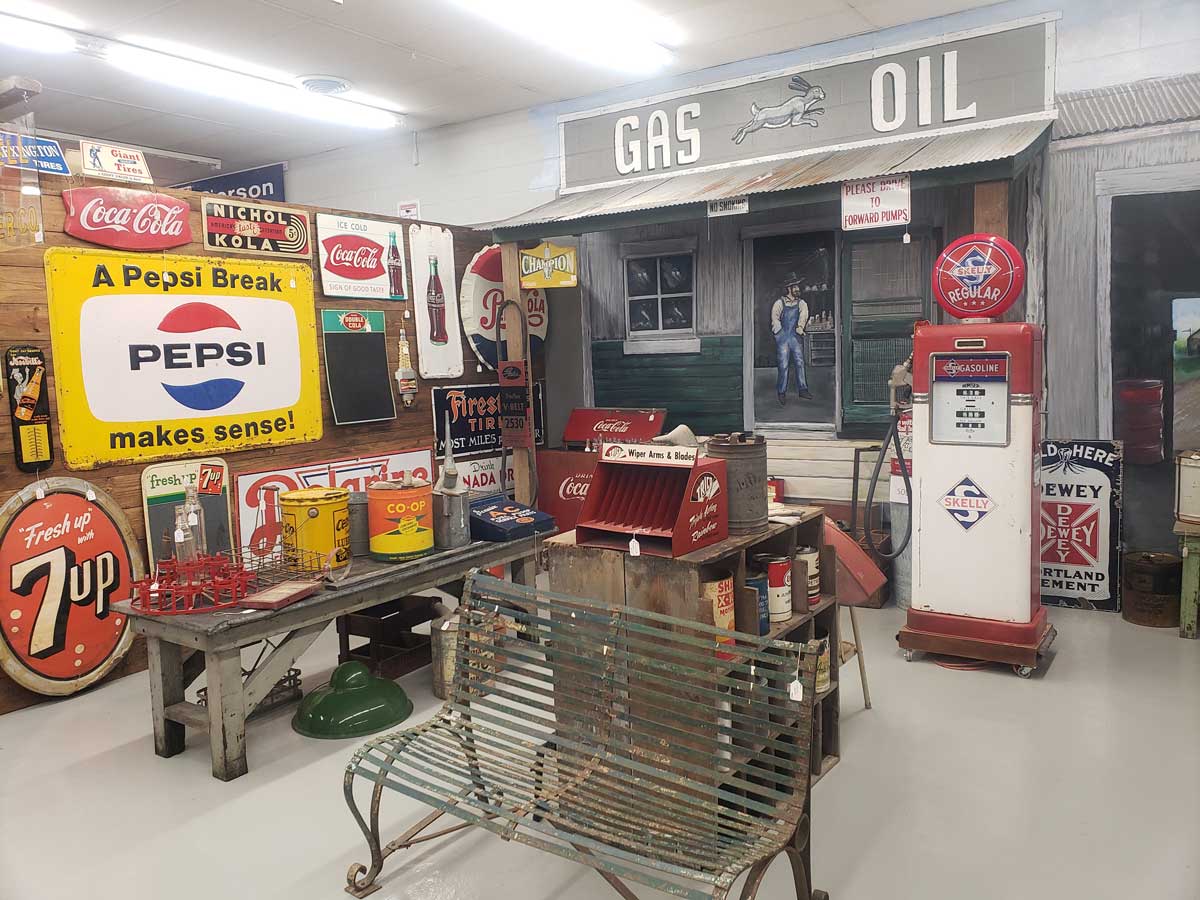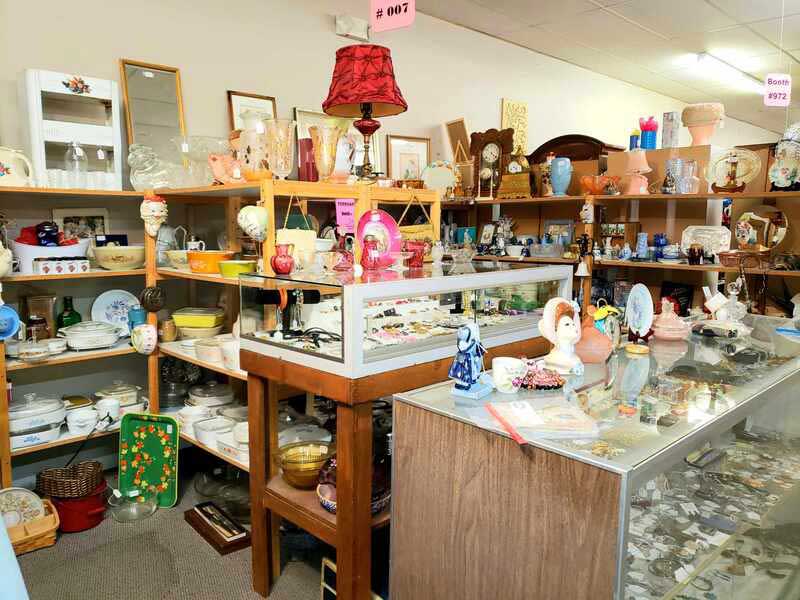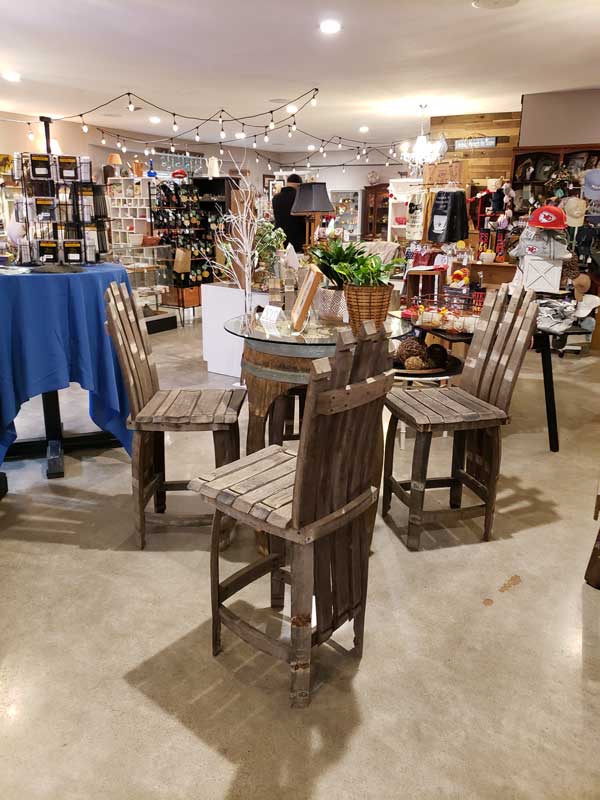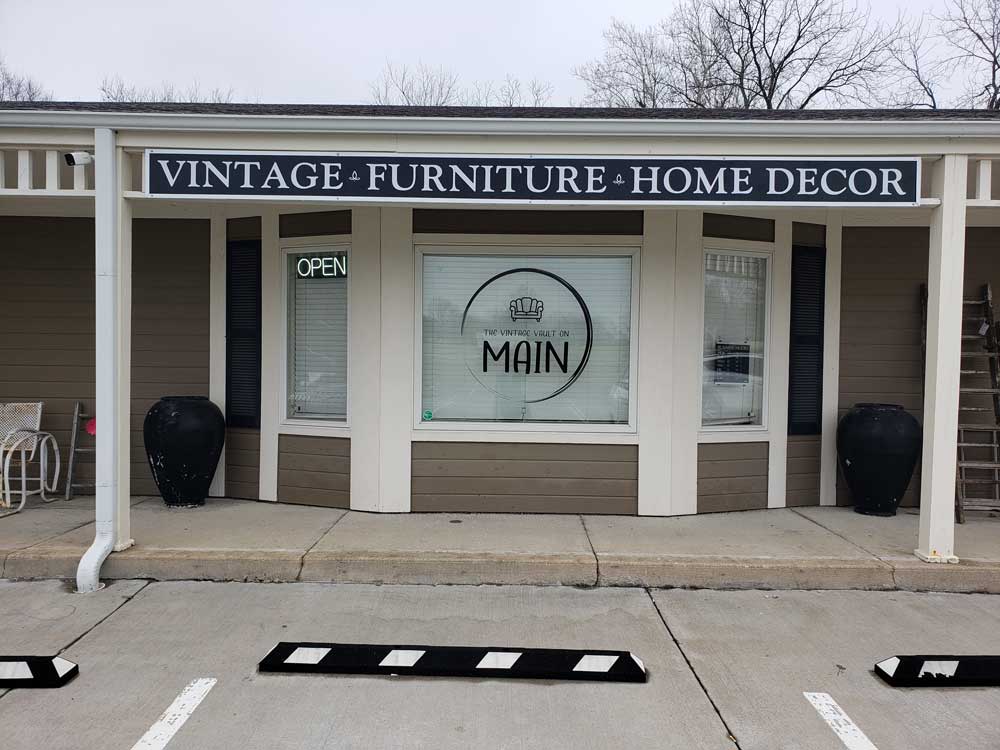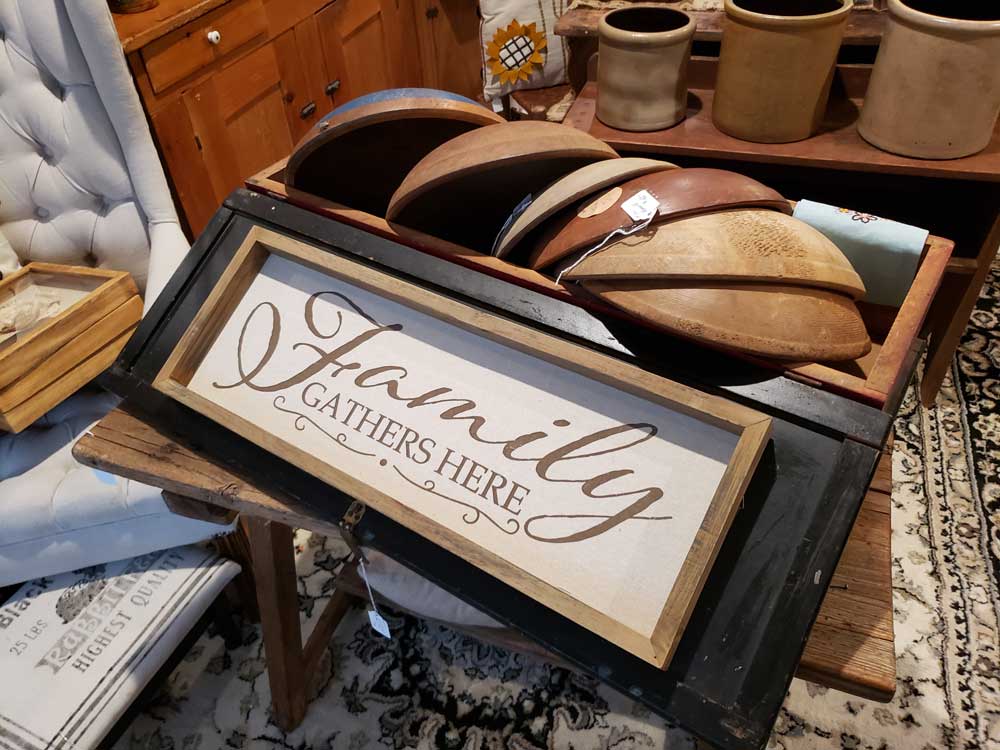Hayrides are a treasured autumn tradition
September 2024
Feature Article
Hayrides are a Treasured Autumn Tradition
By Corbin Crable
The hayride is a fun autumn activity to enjoy with your family or a group of friends, allowing you to enjoy the countryside, the changing colors of the leaves on the trees, and a beautiful sunset on a cool night. The activity isn’t as nearly as old as one might guess.
Hayrides have been around since the 19th century, when innovations in transportation allowed people from urban areas to vacation in the countryside. Farmhands would transport hay bales using horse-pulled wagons, and farmers conceived of the idea of the hayride in order to celebrate the arrival of the autumn season. More recently, they’re organized to make a little extra money for their farms during months that might see little to no activity.
In those days, visitors would sit atop the 15- or 20-foot-tall bales of hay piled onto the cart pulled by the horse – sounds like a recipe for accidents, doesn’t it? In the decades following, they would simply sit on a surface strewn with straw, the carts now pulled by tractors.
“Back in the day, especially in small-town America, there were family farms everywhere. If you didn’t live on a farm, you almost certainly had an uncle, neighbor, or friend who did,” writes a blogger who only calls herself ‘Staz’ and manages storiesbystaz.com. “They’d fire up the tractor, hook it to a wagon, and throw on a few bales of hay or straw for seating, and you were good to go.”
Much like a trip to the beach, after which you’d end up finding sand in your clothing for days, hayrides offered a similar pitfall – hay everywhere when you’d return home.
“Of course, the hay or the stray didn’t always stay neatly tucked in each bale. After a hayride, you might find pieces of straw in your shoes, your hair, or even in your underwear,” Staz writes. “Those pesky little straws and hay bristles might be sticking in a few unmentionable places. All that jostling around on the wagon could get those tiny straws stuck in the most unusual places.”
Though a sunset hayride would offer a picturesque view of the horizon, the blogger says hayrides after dark are especially exciting, especially around Halloween, with the possibility of spooky mischief peeking at you from behind each tree or over there in the pumpkin patch.
“Sometimes we went on hayrides to a pumpkin patch, or we had what were called haunted hayrides. There were hayrides with bonfires after the ride, or Halloween parties,” she writes, adding that if you were lucky, you might even get to ride through a covered bridge. “There were late-in-the-season rides and the adults would cut down a Christmas tree and tie it to the wagon for the ride home.”
Though hayrides could provide a good jump-scare or two during the autumn and Halloween, they also make for a romantic date for a pair of sweethearts.
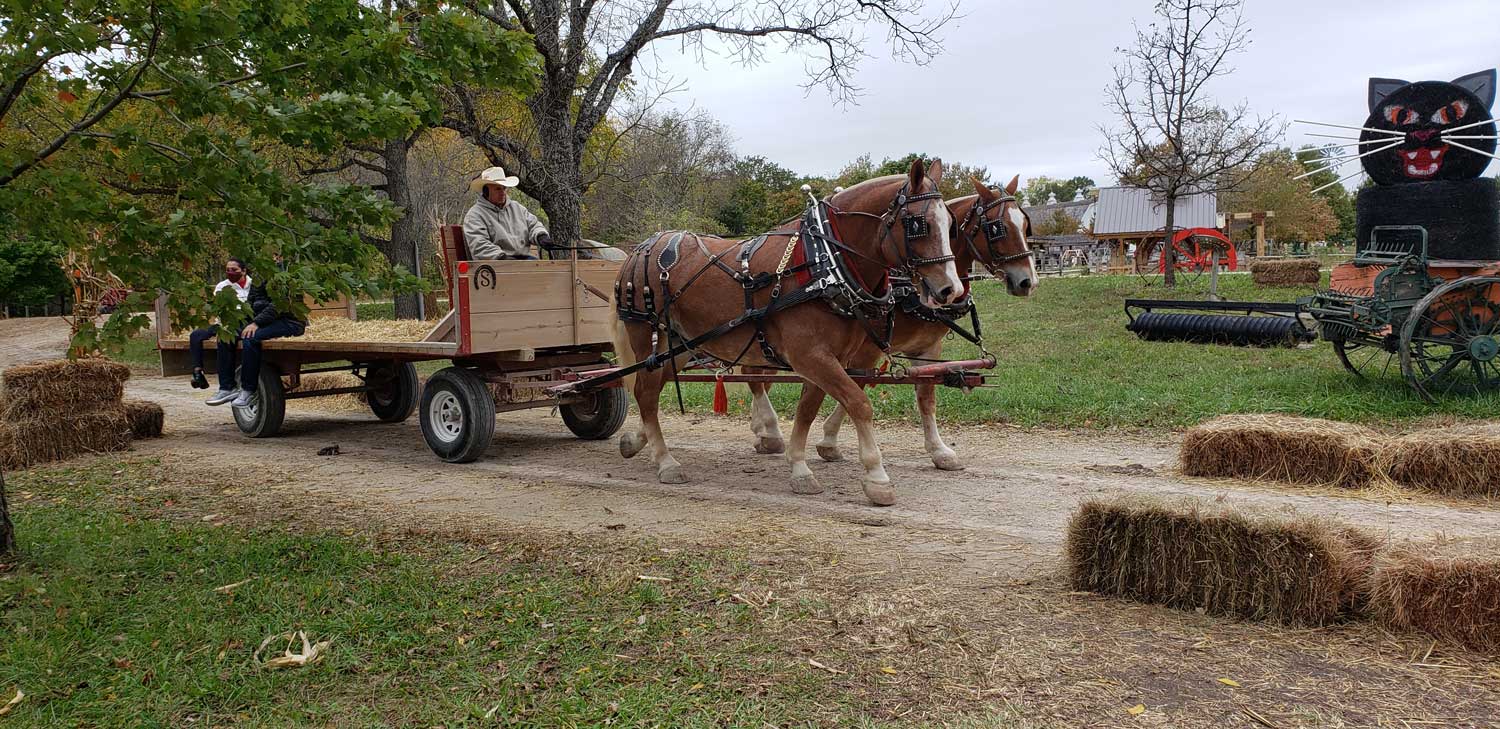
The hayride out to the pumpkin patch is one of the highlights of attending “Pumpkin Hollow” each fall at Deanna Rose Children’s Farmstead in Overland Park, KS. (Photo by Patti Klinge)
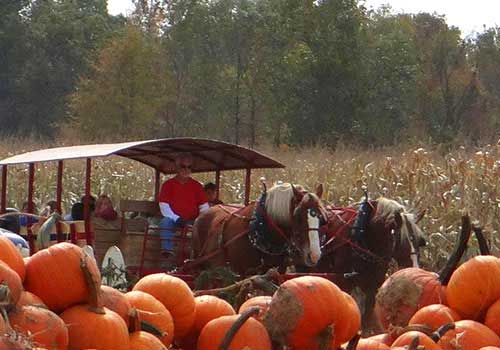
A hayride winds through a pumpkin patch, one of the most popular sites for this family-friendly fall activity. (Image courtesy of Shaw Farms Market)
“When you got older, kids would pair up to make out,” Staz writes. “Some would slide down between the bales where adults couldn’t see them.”
Hayrides might seem like an endangered activity today, mostly due to lawsuits filed by adults whose children were injured or who even fell off the cart.
“In all fairness, hayrides could be dangerous,” Staz observes, “but like so many other things, people might have gone a little overboard to make them safe.”
Many parents fondly remember an autumn hayride with their children as a beloved tradition.
“One of my favorite childhood memories is my first hayride at the old Benjamin Ranch in South Kansas City. So when our oldest was a toddler, I couldn’t wait to take her on her very first hayride. I still love thinking about that sunshine-y day as the horses slowly drew us around the trail, even as I clutched at her wiggly body to keep her from crawling off the wagon,” writes Jane Martin on kckidsfun.com. “Fortunately, as the kids got a little older, the rides became easier – and much more fun. I’ll never forget the joy in my son’s 3-year-old face when he first realized the horses were moving the cart!”
Now, the hayrides that are still offered are usually relegated to a few laps around a small property. But for those who remember the hayrides of years past, there’s no comparison.
“Hayrides were one of many fun activities we enjoyed back in the day,” Staz says.
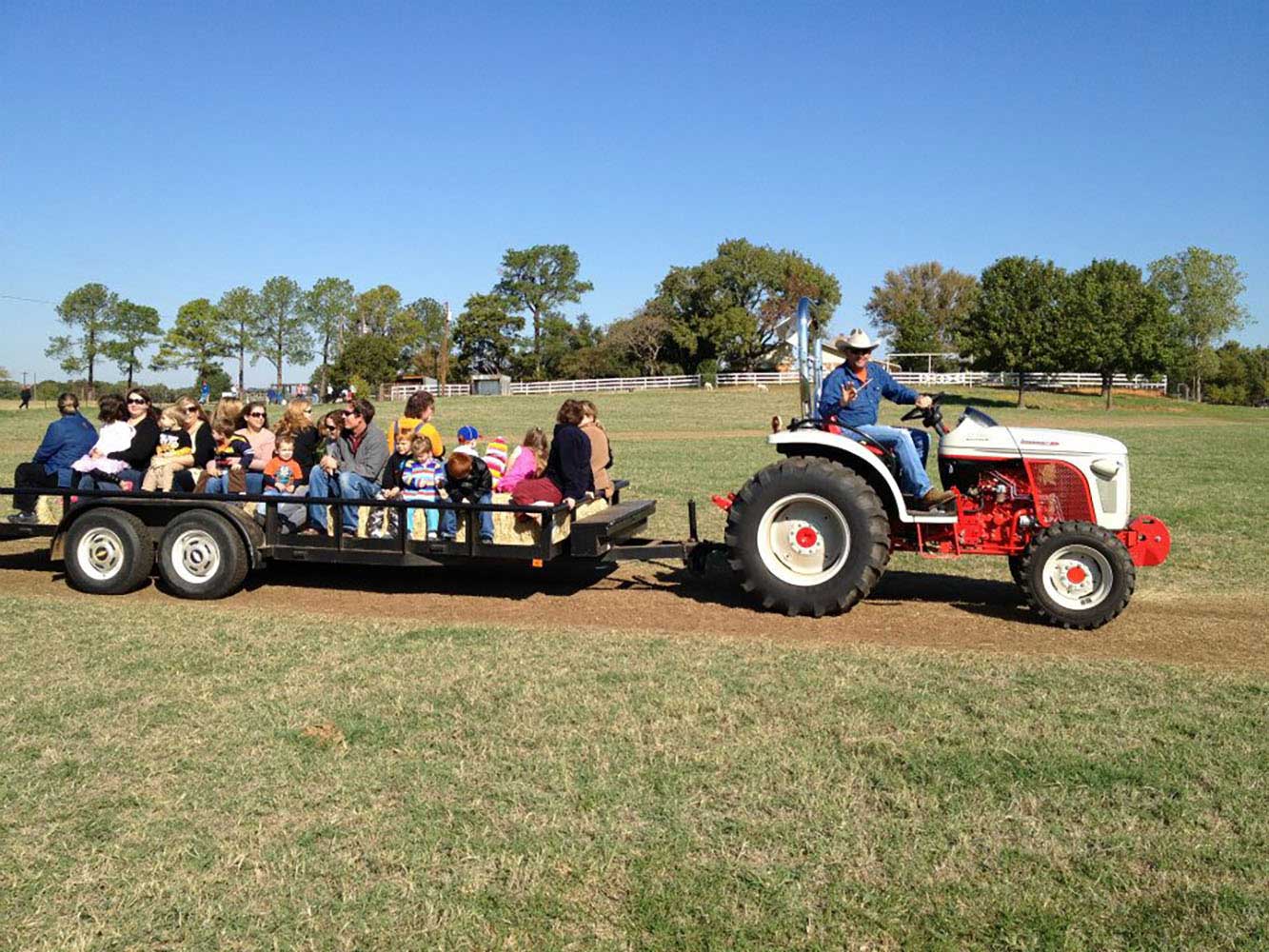
Many farms or small businesses in rural areas offer hayrides for kids and families, especially during the fall season. (Image courtesy of Hall’s Pumpkin Farm / Facebook)
Contact Corbin Crable at editor@discovervintage.com.


